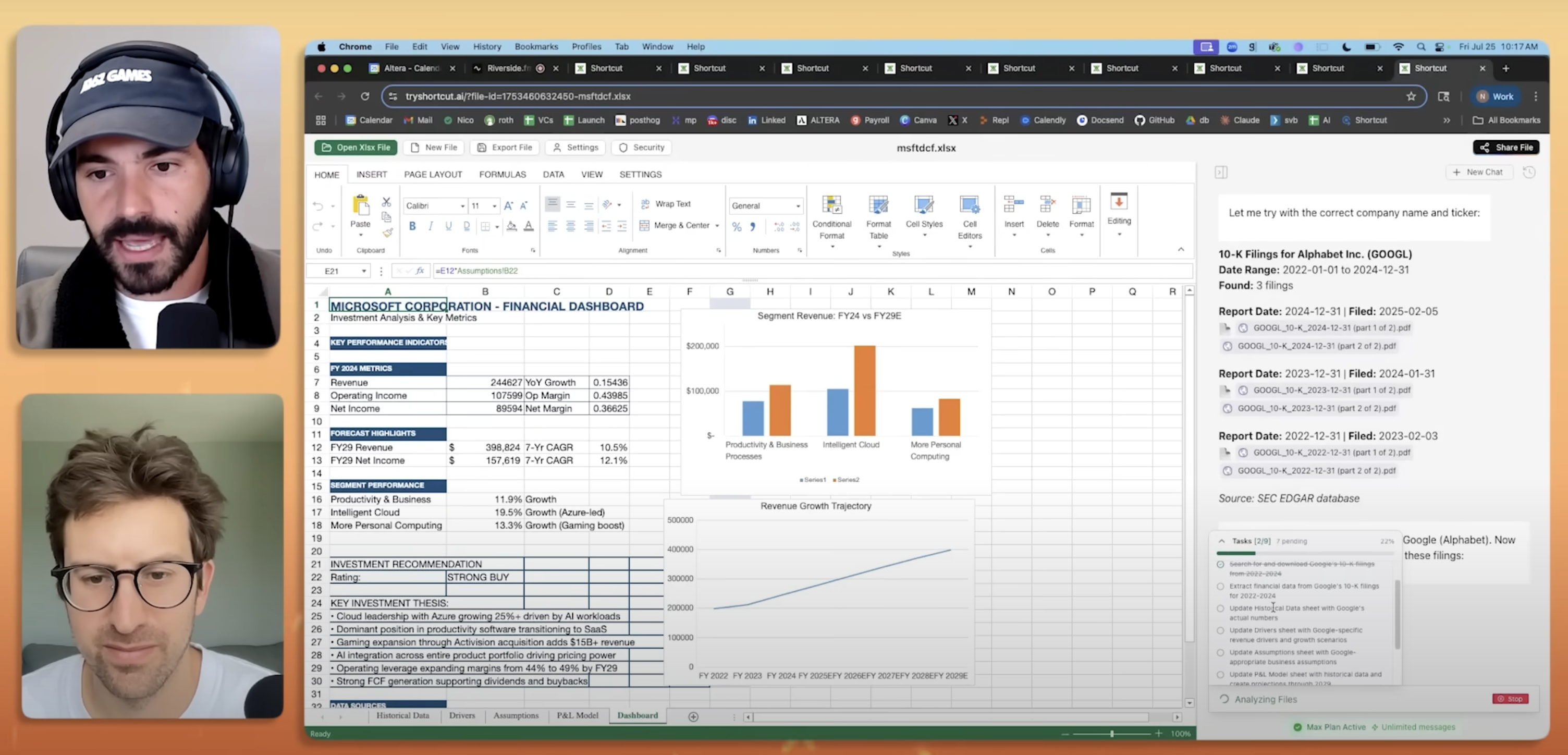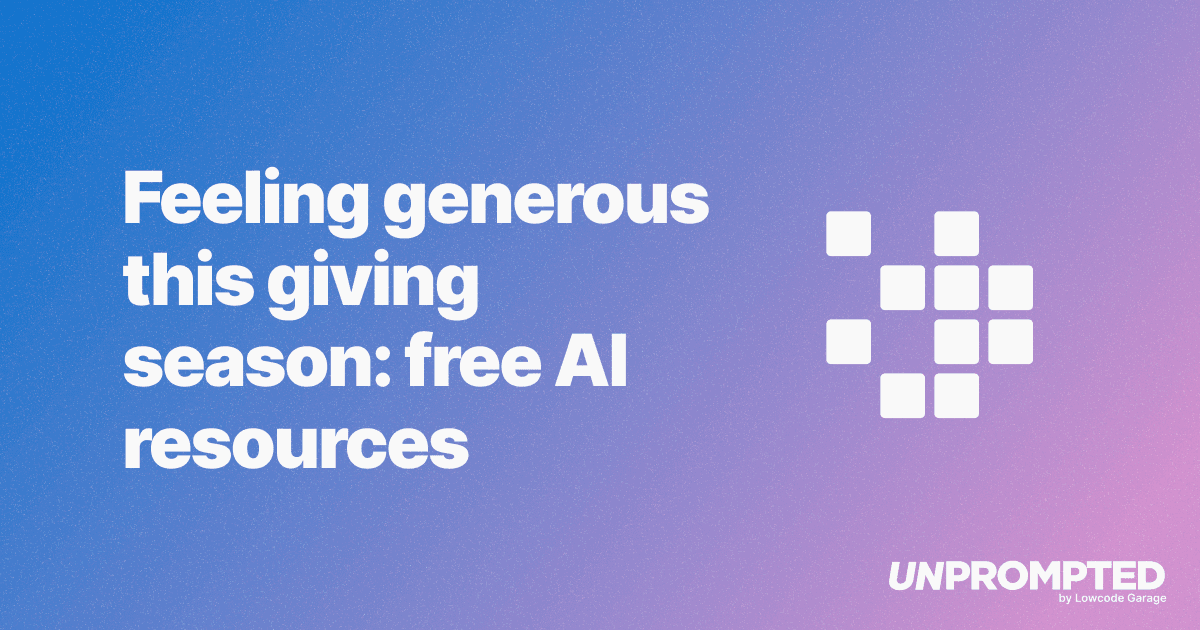Excel's Next Chapter
The spreadsheet isn't going anywhere—but it just got an upgrade.
For 40 years, Microsoft Excel has withstood the test of time.
It's been the backbone of billion-dollar acquisitions, the canvas for boardroom strategy, and the bible behind startups, Fortune 500s, and every financial model in between.
No matter the industry, no matter the decade—Excel has been there.
There has never been a true replacement.
But now, there is a BIG enhancement. And it's just in time for post-summer back to school and return to office.
Introducing Shortcut
This week, we watched a demo of Shortcut, an AI-powered app that allows users to interact with spreadsheets using plain English commands, eliminating the need to learn complex formulas or macros. It can open, edit, and create new spreadsheets, including existing Excel files, and perform up to 90% of typical spreadsheet work automatically.

It's Not a Shortcut if You're Working Smarter
In the demo, the cofounder opened a standard Excel DCF and casually prompted:
"Update this model for Google using 10‑Ks from 2022–2024 and project through 2029."
No pre-formatting. No manual downloads. No formula babysitting.
Here's what happened next. Shortcut does its thing and…
-
Understands the spreadsheet.
It scans the existing model structure—P&L, assumptions, drivers, formulas, charts—and builds a task list under the hood.
-
Finds the right filings.
It queries the SEC, downloads Google/Alphabet's 10‑Ks from 2022–2024, and chunks them by section to stay within context limits. (Yes, it literally digs through hundreds of pages of PDFs for you.) -
Pulls the numbers.
Revenue, R&D, capex, margins, tax rate, segment data—it extracts line items from the PDFs and aligns them to the model schema.
-
Updates the model.
Historicals get refreshed. Assumptions get updated. Charts redraw. Outputs update. And everything stays connected.
-
Audits every value.
Click any hard-coded number, and it shows where it came from—the exact filing, the year, and the page. Formula-driven cells are marked, too.
-
Fixes formula issues.
Circular references, #REF!s, broken links? It catches them, identifies where they happen, and fixes them.
You can export it all back to Excel. You can keep your workflows.
But you've just skipped at least 80% of the manual labor—and lost zero fidelity.
Modeling Is a Tool—Not the Work
Shortcut doesn't diminish financial modeling. It just reminds us what it's always been: a tool.
One that can now be done—faster, cheaper, and more reliably—by machines.
This isn't a bad thing.
Because now you're freed up to focus on what matters:
- What questions is your business actually trying to answer?
- What strategies will move the needle?
- How will you test those strategies—and adapt when they break?
- Who do you need around the table to make the outputs worth trusting?
The hard part isn't formulas.
The hard part is getting real inputs. Aligning a team. And putting your ideas into motion.
The Takeaway
Shortcut can build the model. But it can't decide why the model matters.
It doesn't have context. Or judgment. Or intuition.
It won't challenge the brief. It won't reframe the problem. It won't tell you when the assumptions are garbage.
What it can do is let you arrive at an outcome 10x faster than before. And that gives you leverage to make more informed and better decisions about your business.
So you can go farther, faster.
Frequently Asked Questions
Continue Reading

Feeling Generous This Giving Season: Free AI Resources
Discover how nonprofits and startups leverage AI to punch above their weight. Learn real examples and get access to our free Resource Hub for Nonprofits with tools and guides for the giving season.

The New AI Marketing Machine
Discover how AI is transforming marketing from a labyrinth of specialists into accessible, efficient tools. Learn about the 4 new pillars of marketing in the age of AI and what you should never do with ChatGPT.

When AI Hits the Subway Walls
Explore the ethics of AI through the lens of Friend's controversial NYC subway campaign. Learn where AI excels in business and why the 'last 10%' of human judgment remains irreplaceable.